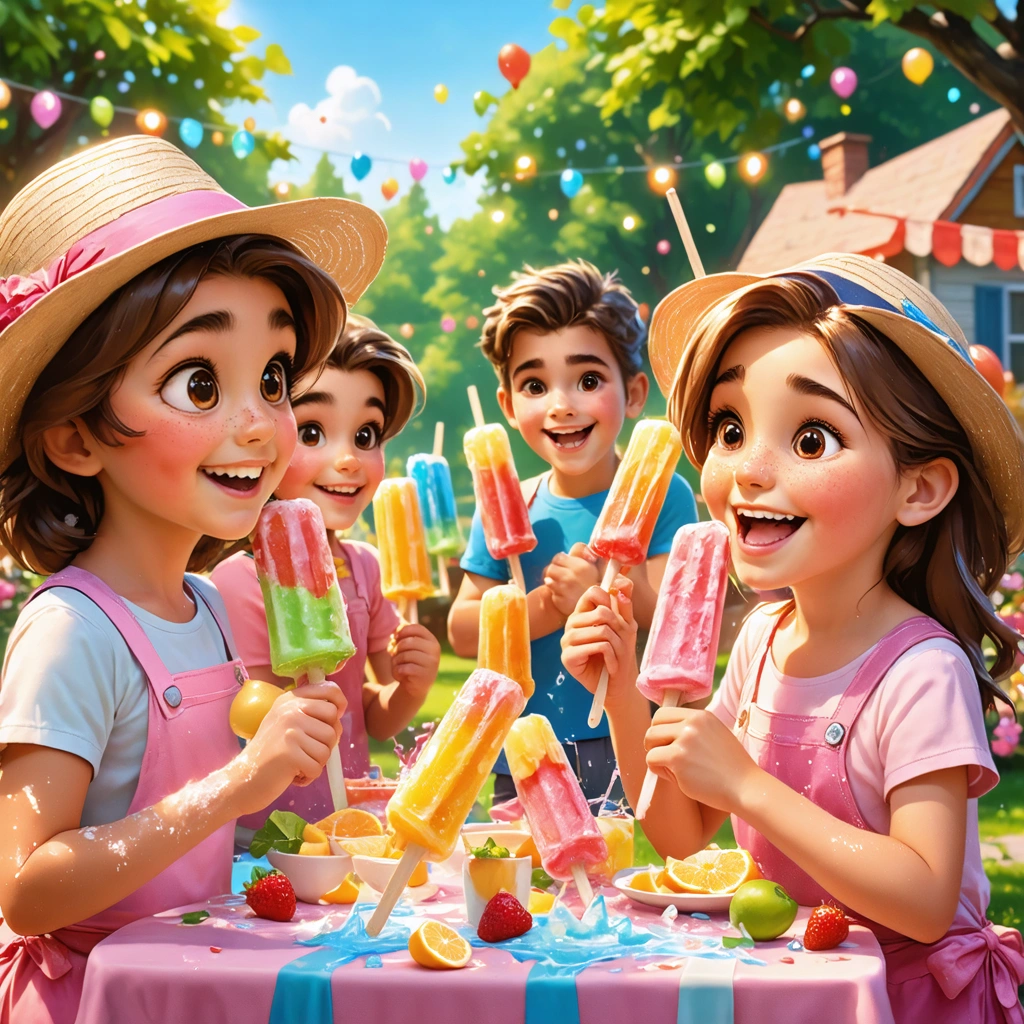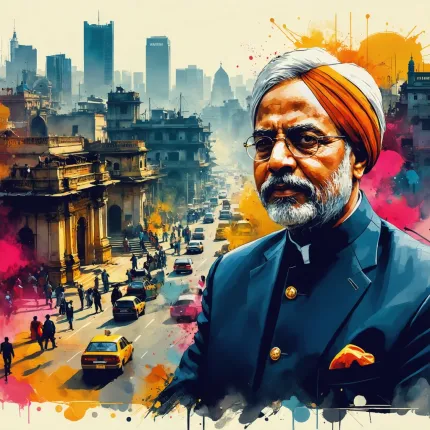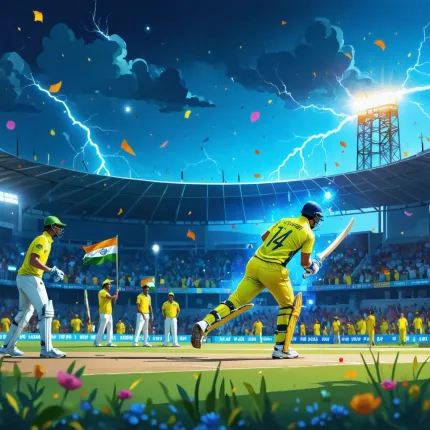Nestlé Pops: Frozen Treat Nostalgia – Nestlé’s Ice Pops Evoke Childhood Memories with Vibrant Marketing

Why Do Nestlé Pops Still Hold a Special Place in Our Hearts?
Have you ever caught yourself suddenly craving a frozen treat on a hot summer afternoon, only to realize the flavor you're imagining belongs to a Nestlé Popsicle you devoured as a kid? It’s remarkable how certain foods, especially those icy delights from childhood, have a way of transporting us back in time. Nestlé Pops are more than just frozen snacks; they’re emotional time capsules wrapped in colorful packaging and punctuated by catchy jingles. But why does a simple push-up Nestlé ice pop ignite such vivid memories, and how does Nestlé’s marketing play a starring role in this nostalgic experience?
In a world saturated with countless frozen treats, the challenge for brands like Nestlé is not only to capture attention but also to build lasting emotional connections. Many of us grew up watching pop tart ads on Saturday morning cartoons or recalling the excitement of spotting a popsicle ad on TV during summer breaks. These advertisements weren’t just about selling a product—they were about crafting a sensory narrative that linked taste, fun, and youth. Nestlé’s push up ice pops tapped into that narrative brilliantly, turning a simple frozen snack into a symbol of carefree childhood days.
The Magic Behind Nostalgia Marketing: From Pop Tarts Ad to Nestlé Pops
It’s no coincidence that Nestlé’s approach to marketing their ice pops mirrors the nostalgic power found in pop tart ads that have been ingrained in popular culture for decades. Both brands expertly use vibrant colors, playful characters, and upbeat music to capture the imagination of young consumers—and, just as importantly, their parents who remember those ads from their own childhoods.
Remember how pop tart ads would showcase bursting fruit flavors, animated pop tarts dancing across the screen, and catchy slogans that stuck in your mind? Nestlé’s popsicle ad campaigns harness the same energy but with a refreshing twist. The push up Nestlé ice pops, for instance, come alive in commercials that emphasize the tactile joy of peeling back the plastic wrapper and feeling the cold treat slide up your fingers—a sensory experience that resonates deeply with anyone who has ever savored one.
What’s fascinating is how these ads do more than just promote a product; they evoke a feeling. The colorful aesthetics and lively soundtracks serve as bridges to the past, inviting viewers to relive moments of childhood innocence. This emotional pull is a powerful tool in today’s competitive frozen treat market, where nostalgia can be the deciding factor between a brand that’s forgotten and one that’s cherished.
How Nestlé Pops Stand Out in a Crowded Market
- Vibrant Visuals: The bright, eye-catching packaging of Nestlé Pops instantly signals fun and flavor, making them impossible to miss in the freezer aisle.
- Interactive Experience: The push up design isn’t just practical; it invites an engaging way to enjoy ice pops, reminiscent of childhood playfulness.
- Storytelling in Advertising: Nestlé’s popsicle ad campaigns don’t just show the product—they tell a story, often involving kids enjoying summer adventures, which deepens emotional connections.
- Cross-Generational Appeal: By tapping into the nostalgia of adults who remember pop tart ads or classic popsicle commercials, Nestlé creates a multi-layered marketing approach that appeals to families.
In essence, Nestlé Pops have mastered the art of balancing product innovation with emotional storytelling, ensuring their ice pops aren’t just another sweet treat but a cherished memory in the making.
What to Expect in This Article
Throughout this post, we’ll dive deeper into the strategies Nestlé employs to keep their Pops relevant across generations. We’ll explore the historical roots of their iconic push up Nestlé ice pops and how their advertising campaigns echo the timeless charm of pop tart ads and popsicle ads that have enchanted audiences for years.
In addition, we’ll break down the elements that make Nestlé’s marketing so vibrant and effective—from color psychology to sound design—and discuss why nostalgia isn’t just a marketing gimmick but a genuine connection point that shapes consumer behavior. Whether you’re a parent reminiscing about your own childhood or a marketer curious about creating compelling campaigns, this exploration of Nestlé Pops will offer fresh insights into how frozen treats can become cultural icons.
So, get ready to revisit those sun-drenched afternoons, the sticky hands, and the joyful anticipation of a push up Nestlé ice pop sliding onto your tongue. Because sometimes, the simplest things—like a popsicle ad or the memory of a favorite frozen treat—can remind us that happiness often comes in the coolest packages.

Nestlé Pops: Frozen Treat Nostalgia and Vibrant Marketing
What are Nestlé Pops and Why Do They Evoke Childhood Memories?
Nestlé pops are frozen ice pops that have been a staple summer treat for many families over the years. These colorful, flavorful popsicles are marketed under various names globally, often highlighting their refreshing taste and nostalgic appeal. The connection to childhood comes from their simple, joyful consumption experience—popsicles are often among the first frozen treats children enjoy, creating lasting sensory memories.
The nostalgia factor is amplified by Nestlé’s strategic marketing campaigns that often feature retro-inspired visuals, catchy jingles, and playful characters reminiscent of past decades. This approach taps into consumers’ emotions, reminding them of carefree, sunny days and family moments, which in turn strengthens brand loyalty and encourages repeat purchases.
How Does Nestlé Use Marketing to Enhance the Appeal of Their Frozen Treats?
Nestlé’s marketing for their ice pops often integrates vibrant, colorful imagery and storytelling techniques that celebrate fun, youth, and summer joy. The popsicle ad campaigns typically feature smiling children, bright backgrounds, and upbeat music to create an energetic and positive atmosphere around the product.
One notable strategy is the use of nostalgia-driven advertising, which reconnects adults with their childhood memories of enjoying Nestlé pops. By doing so, Nestlé not only targets children but also adults who might be inclined to buy these treats for their kids or even indulge themselves. This dual-audience approach increases market reach and brand resonance.
Examples of Effective Nestlé Pops Advertising
- Retro-themed commercials that mimic styles from the 80s and 90s, evoking a sense of timeless fun.
- Interactive social media campaigns encouraging fans to share their own childhood memories with Nestlé pops.
- Limited-edition packaging designs that celebrate the brand’s heritage and iconic flavors.
What is a Push Up Nestlé and How Does it Differ from Traditional Popsicles?
The push up Nestlé is a specific type of frozen treat that features ice cream or flavored ice inside a plastic tube, allowing consumers to “push up” the treat as they eat it. This design is especially popular among kids due to its convenience and fun factor.
Compared to traditional popsicles—which are often served on wooden sticks—the push up format offers several advantages:
- Less mess, since the treat is contained within the tube.
- Easy to share or store in freezers without risk of breaking.
- Visual appeal, as consumers can see the colorful layers of the treat inside.
Nestlé has leveraged this unique format effectively, creating a niche within the frozen treat market that complements their broader popsicle offerings.
How Do Pop Tarts Ads Relate to Nestlé’s Marketing Strategy?
Though Pop Tarts are a different product category (breakfast pastries), the pop tarts ad campaigns share some thematic similarities with Nestlé pops marketing. Both brands focus on vibrant visuals, catchy slogans, and tapping into a youthful, fun-loving demographic.
Moreover, Pop Tarts ads often emphasize convenience and playful indulgence, which parallels Nestlé’s messaging around easy-to-enjoy frozen treats like popsicles and push ups. This synergy reflects a broader trend in food marketing: connecting emotionally with consumers by highlighting enjoyment, nostalgia, and brand familiarity.
Insights from Pop Tart Ads That Can Inform Frozen Treat Marketing
- Use of humor and quirky characters to create memorable impressions.
- Engagement with social media trends to reach younger audiences effectively.
- Cross-promotion opportunities, such as themed flavors or limited-time offers tied to popular culture.
Why Do Consumers Respond So Strongly to Nostalgic Marketing in Frozen Treats?
Nostalgic marketing works particularly well for products like Nestlé pops because it taps into the emotional reservoir of happy memories, which can influence purchasing decisions subconsciously. When consumers recall the joy of eating a popsicle as a child, they associate that happiness with the brand.
Research in consumer psychology shows that nostalgia can increase feelings of social connectedness and comfort, which is powerful in today’s fast-paced, often stressful world. For Nestlé, leveraging nostalgia through their popsicle ad campaigns helps build a sense of trust and warmth around their products.
Additionally, nostalgia appeals across generations, making it a versatile marketing tool:
- Adults reminisce about their childhood and share that joy with their kids.
- Younger consumers perceive the brand as authentic and time-tested.
- Families create new memories connected to a brand that feels familiar and comforting.
Conclusion: The Power of Nostalgia and Vibrant Marketing in Nestlé Pops
Nestlé pops exemplify how a simple frozen treat can become a cultural icon through smart, emotional marketing. By combining the playful design of products like push up Nestlé treats with engaging popsicle ad campaigns and drawing parallels to other nostalgic brands like Pop Tarts, Nestlé creates a multi-generational appeal.
Understanding these dynamics helps marketers and consumers alike appreciate the depth behind what might seem like a straightforward summer snack. Nestlé’s success lies not just in the taste of their frozen treats but in their ability to evoke cherished memories and joyful experiences through vivid, well-crafted marketing strategies.

